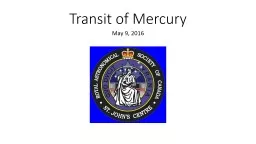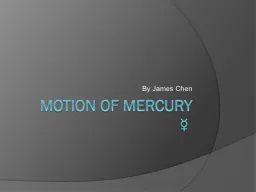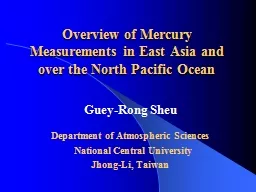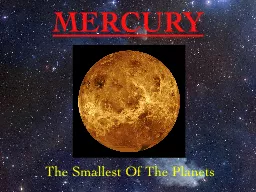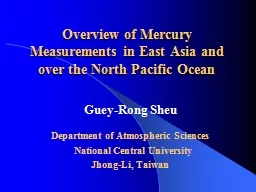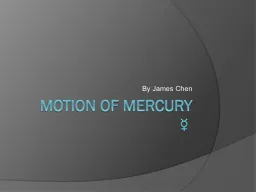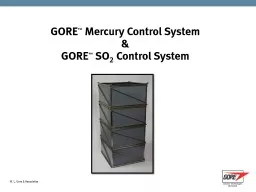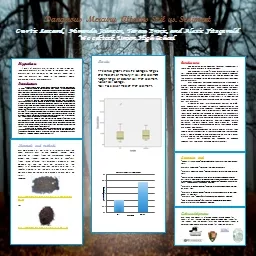PPT-Transit of Mercury
Author : olivia-moreira | Published Date : 2017-06-27
May 9 2016 Outline A transit of Mercury is about to happen May 9 2016 Very rare event Visually impressive event Shows the solar system orbital mechanics at work
Presentation Embed Code
Download Presentation
Download Presentation The PPT/PDF document "Transit of Mercury" is the property of its rightful owner. Permission is granted to download and print the materials on this website for personal, non-commercial use only, and to display it on your personal computer provided you do not modify the materials and that you retain all copyright notices contained in the materials. By downloading content from our website, you accept the terms of this agreement.
Transit of Mercury: Transcript
Download Rules Of Document
"Transit of Mercury"The content belongs to its owner. You may download and print it for personal use, without modification, and keep all copyright notices. By downloading, you agree to these terms.
Related Documents

